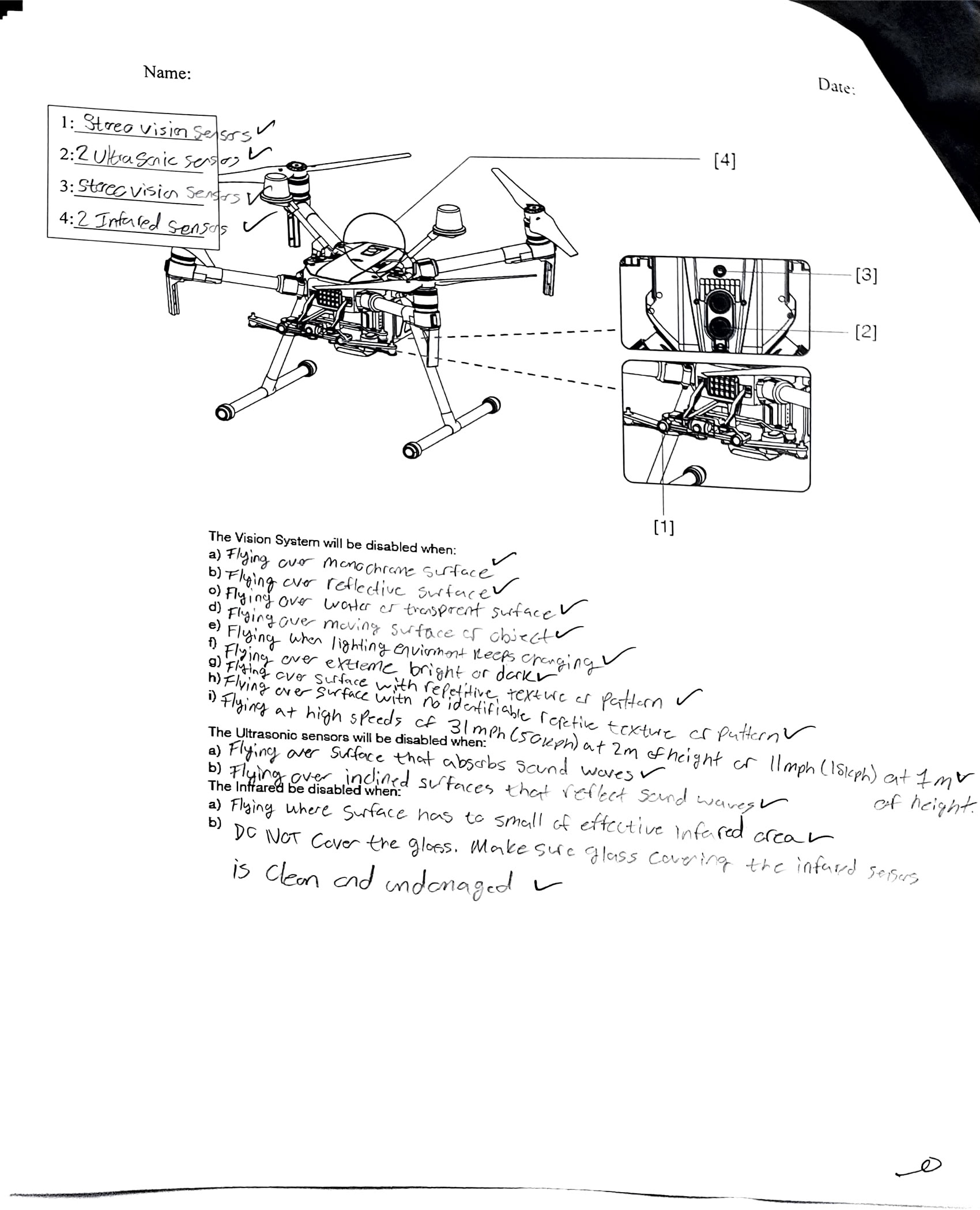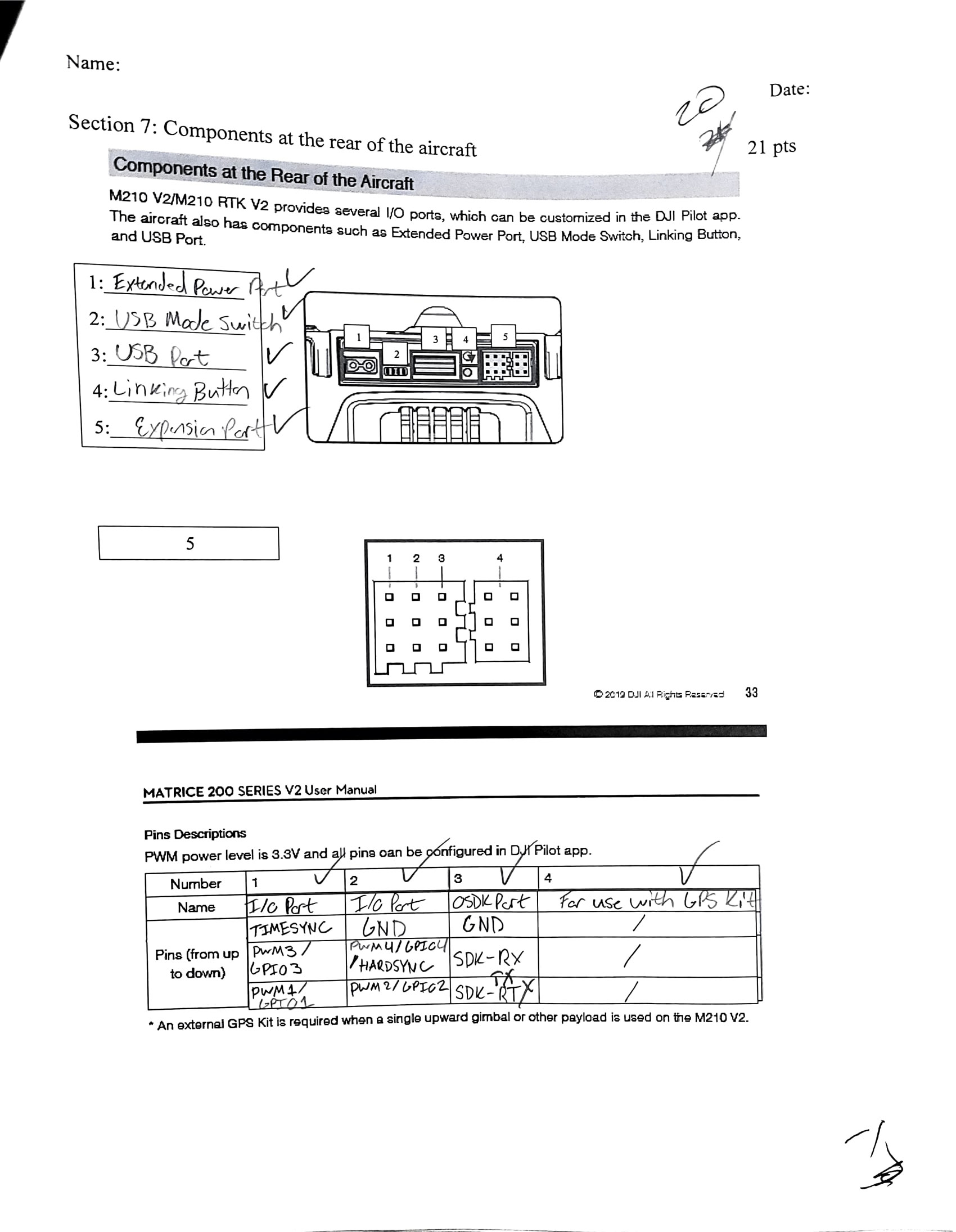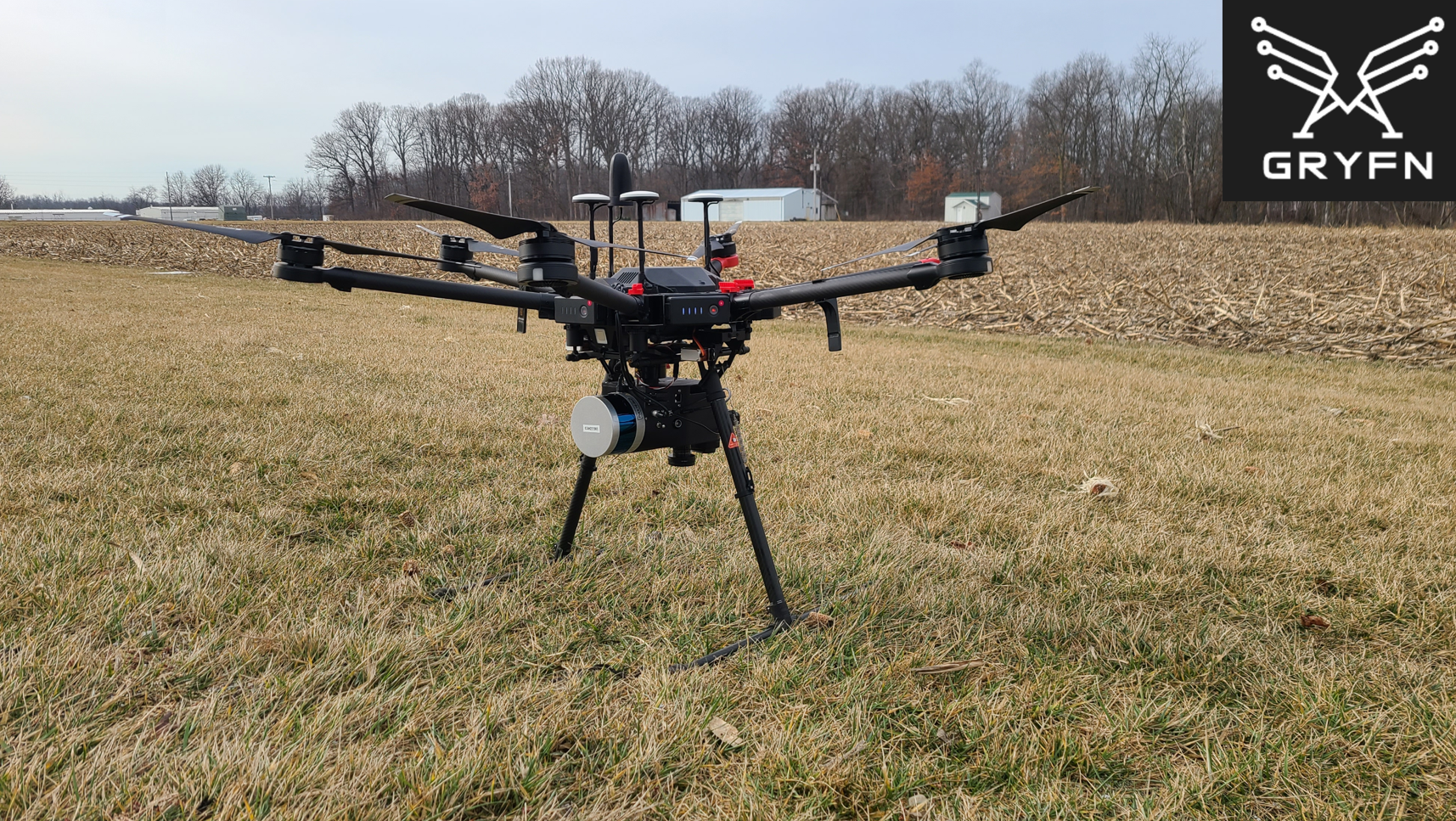The world of UAS is a complex field with many innovate companies and bright entrepreneurs working to lead the industry as a whole in the direction they see best. However, with splintered visions of what the future of the UAS industry will look like it becomes difficult for universities like Purdue to structure their curriculum. The teachers here at Purdue University have been hard at work to revamp their classes to reflect what they see to be best for their students moving into industry in the near future. For me in my AT219 class this means we are being taught how to properly handle different types and sizes of UAVs and learning best practices for us to be some of the best pilots around.
The first UAV our class learned about and worked with this semester was the DJI Matrice 210. This was the first mid-sized aircraft our class has worked with. We began learning about it at the very beginning of the semester, and started by learning about the design of the aircraft, and its use cases. From that point forward until February 19th each lab period we would practice things like assembling and disassembling the aircraft, attaching different types of sensors on the front and top of the aircraft, and proper storage of the aircraft and sensors. This was all in an effort to make students feel comfortable with handling the aircraft and taking it out into the field. As familiarity and comfortability with any UAV is important to obtain before using it in your first flight.
In our lab periods we also learned about how the Cendence controller, DJI CrystalSky tablet, and DJI Pilot application all interfaced with the aircraft. We practiced going through different parts of DJI Pilot to find important settings like Return To Home altitude, controller loss link settings, battery health, recalibration menus, and more. Knowing where to find these things is important during an operation and is something that an operator should not struggle to find in the field.
On top of all of this in normal class sessions, and outside of class students were asked to read and learn about important information related to the aircraft from the manual. Documentation from UAV manufactures is something that always should be considered when planning for an operation, or when issues of maintenance or repair arise. The manual for the Matrice 210 was the basis for our certification test. The certification test was given in two different parts, the first part on February 18th and the second part on February 23rd . This test was used not only to see how much we knew about the aircraft, but also was the final certification process for us to be able to begin checking out the Matrice 210 for flights. Below you will find a scanned version of the graded copy of my tests, and I am proud to say that I am Purdue UAS certified to be Pilot in Command for mission utilizing the Matrice 210.
























